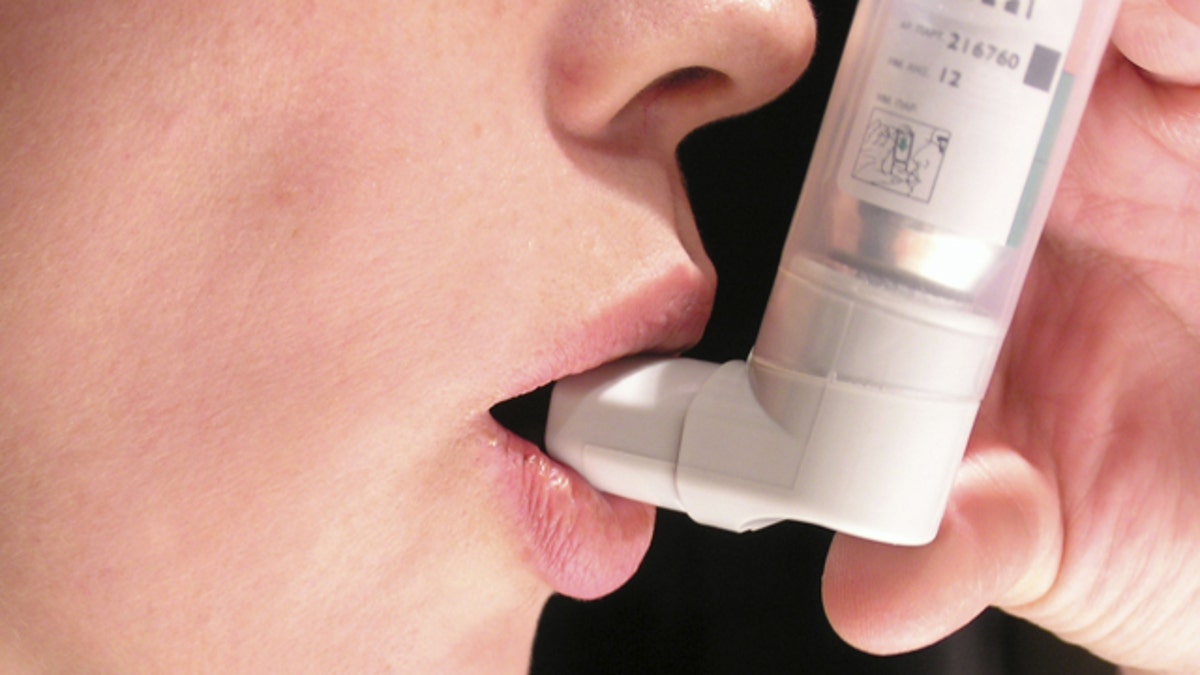
Children exposed to the chemical bisphenol A, or BPA, may be at an increased risk for asthma, a new study suggests.
During the study, kids who had greater exposure to BPA at ages 3, 5 and 7 were more likely to be diagnosed with asthma before age 12 than children who had less exposure.
BPA is found in some plastics, canned food containers and other food packaging, and most people have detectable levels of the chemical in their urine. Previous studies have linked BPA to a number of health conditions, including childhood obesity and behavior problems.
The new study is the first to report a link between BPA exposure during childhood and an increased risk for asthma. An earlier study found a link between BPA exposure in the womb during the second trimester of pregnancy, and an elevated risk of wheezing at age 3.
More From My Health News Daily
10 Ways to Promote Kids' Healthy Eating Habits
However, the new study only found an association, and cannot prove that BPA exposure plays any role in causing asthma.
To examine the link, Dr. Kathleen Donohue, an assistant professor of medicine at Columbia University, and colleagues analyzed urine samples from 568 pregnant women, and later, their children. Urine samples contain a breakdown product of BPA. While these samples do not provide a direct measure of BPA levels in the blood and tissue, researchers use them to gauge what a person may have been exposed to.
Physicians later diagnosed asthma based on the children's symptoms, their performance on a test of lung function, and their medical history. A separate question was used to assess whether or not the children experienced problems with wheezing.
The link between BPA exposure and asthma held even after the researchers took into account factors that could have affected the children's risk of breathing problems, such as exposure to secondhand smoke. However, it's still possible that factors not accounted for by the study, such as whether or not a child was breast-fed, could explain the link.
Interestingly, the study actually found that BPA exposure during the third trimester before birth was linked to a reduced risk of wheezing at age 5. Because there's no biological explanation for how BPA exposure could reduce a child's risk for asthma, the researchers speculate that the third trimester might not be the right window of time in which to assess a child's risk of asthma later in life. They note that it is the second trimester, not the third, that is a critical period for the development of airways and the immune system.
Strategies for lowering BPA exposure include eating less canned food, and choosing glass, porcelain or stainless steel containers to hold hot food and liquids, rather than plastic containers, according to the National Institute of Environmental Health Sciences.
The study will be published in the March issue of the Journal of Allergy and Clinical Immunology.
Another study published this month concluded that levels of BPA in the blood were too low to have biological effects on people, but other researchers argued that more research on this issue is needed.
Copyright 2013 MyHealthNewsDaily, a TechMediaNetwork company. All rights reserved. This material may not be published, broadcast, rewritten or redistributed.
